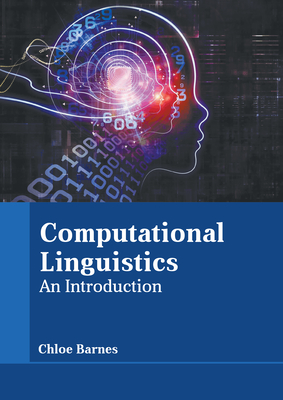Dual Attention Model for Citation Recommendation
IF 5.3
2区 计算机科学
Q2 COMPUTER SCIENCE, ARTIFICIAL INTELLIGENCE
引用次数: 9
Abstract
Based on an exponentially increasing number of academic articles, discovering and citing comprehensive and appropriate resources has become a non-trivial task. Conventional citation recommender methods suffer from severe information loss. For example, they do not consider the section of the paper that the user is writing and for which they need to find a citation, the relatedness between the words in the local context (the text span that describes a citation), or the importance on each word from the local context. These shortcomings make such methods insufficient for recommending adequate citations to academic manuscripts. In this study, we propose a novel embedding-based neural network called “dual attention model for citation recommendation (DACR)” to recommend citations during manuscript preparation. Our method adapts embedding of three semantic information: words in the local context, structural contexts, and the section on which a user is working. A neural network model is designed to maximize the similarity between the embedding of the three input (local context words, section and structural contexts) and the target citation appearing in the context. The core of the neural network model is composed of self-attention and additive attention, where the former aims to capture the relatedness between the contextual words and structural context, and the latter aims to learn the importance of them. The experiments on real-world datasets demonstrate the effectiveness of the proposed approach.引文推荐的双重注意模型
在学术论文呈指数级增长的情况下,发现和引用全面、合适的资源已成为一项不容忽视的任务。传统的引文推荐方法存在严重的信息丢失问题。例如,他们不考虑用户正在写的论文的那一部分,他们需要为其找到引文,在本地上下文中单词之间的相关性(描述引文的文本跨度),或者每个单词在本地上下文中的重要性。这些缺点使得这种方法不足以为学术手稿推荐足够的引文。在本研究中,我们提出了一种新的基于嵌入的神经网络,称为“引文推荐双注意模型(dual attention model for citation recommendation, DACR)”,用于论文准备过程中的引文推荐。我们的方法适应三种语义信息的嵌入:本地上下文中的单词、结构上下文和用户正在工作的部分。设计了一个神经网络模型,使三种输入(局部上下文词、段落和结构上下文)的嵌入与上下文中出现的目标引文之间的相似性最大化。神经网络模型的核心由自注意和加性注意组成,自注意的目的是捕捉上下文词和结构上下文之间的相关性,加性注意的目的是学习它们的重要性。在实际数据集上的实验证明了该方法的有效性。
本文章由计算机程序翻译,如有差异,请以英文原文为准。
求助全文
约1分钟内获得全文
求助全文
来源期刊

Computational Linguistics
工程技术-计算机:跨学科应用
CiteScore
15.80
自引率
0.00%
发文量
45
审稿时长
>12 weeks
期刊介绍:
Computational Linguistics, the longest-running publication dedicated solely to the computational and mathematical aspects of language and the design of natural language processing systems, provides university and industry linguists, computational linguists, AI and machine learning researchers, cognitive scientists, speech specialists, and philosophers with the latest insights into the computational aspects of language research.
 求助内容:
求助内容: 应助结果提醒方式:
应助结果提醒方式:


